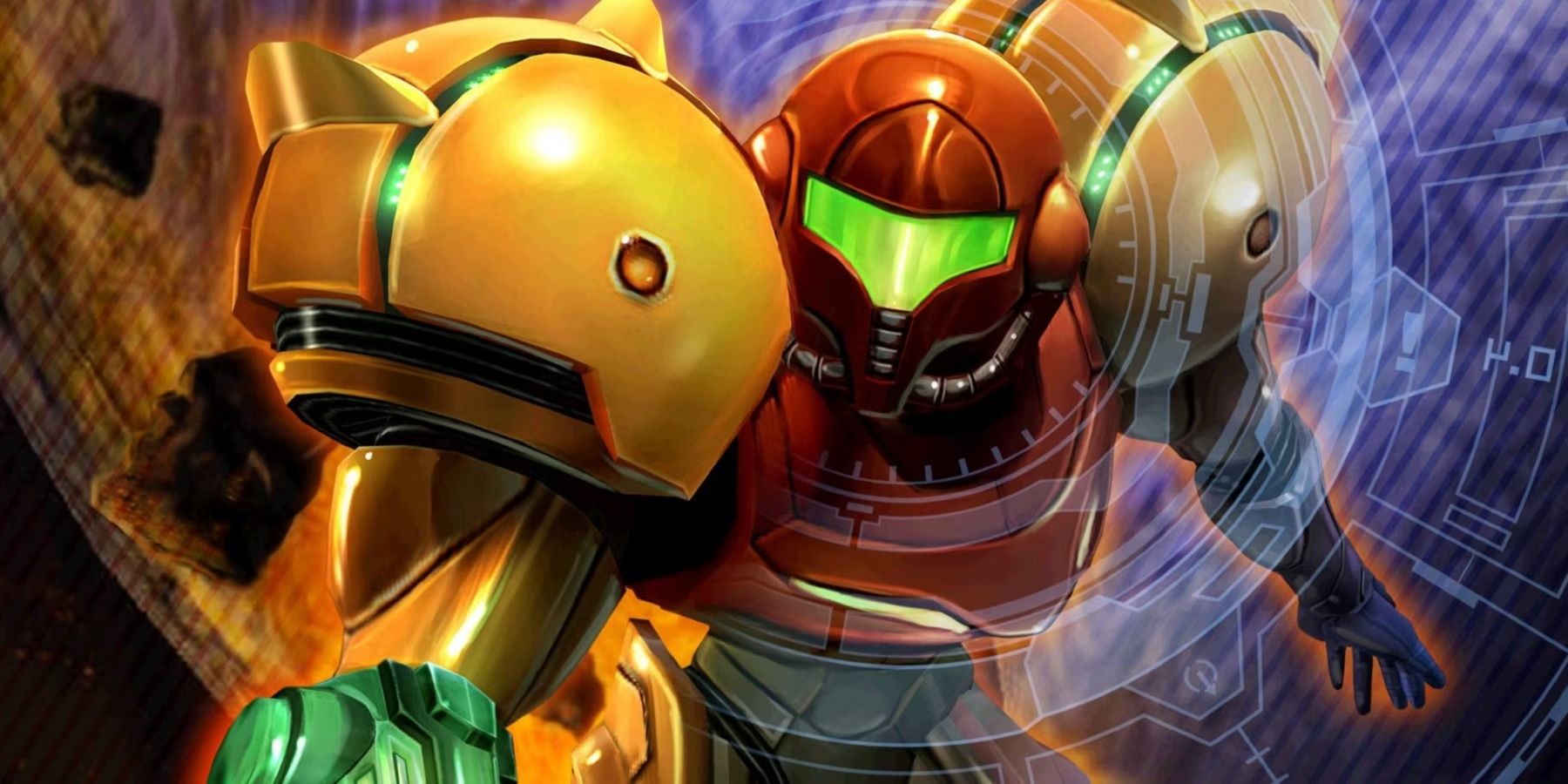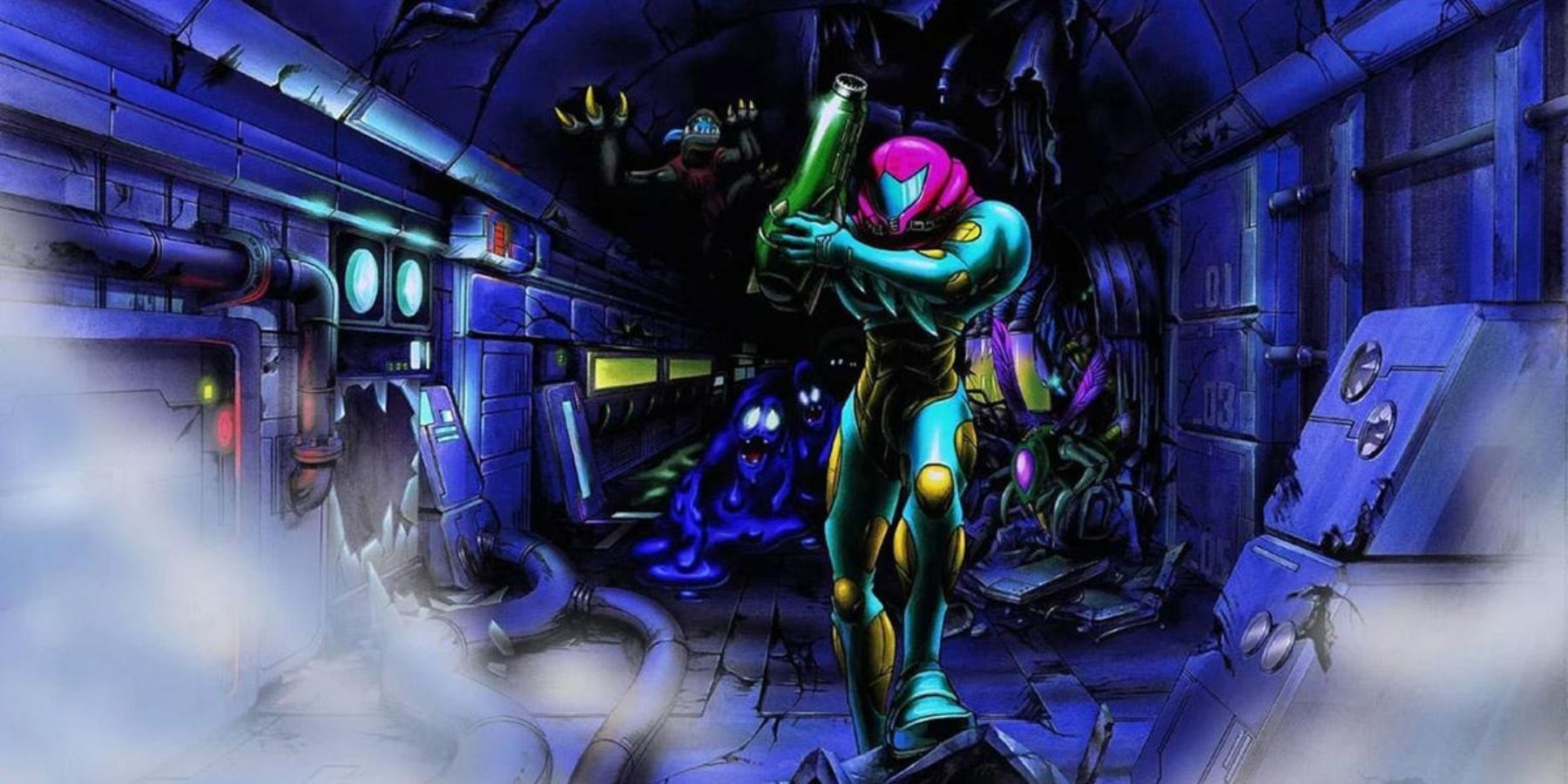It's good to see it back, as the old series is one of Nintendo's biggest first party franchises, and fans were afraid that its story had reached an untimely end. For a decade after Metroid: Other M released on the Nintendo Wii, the only Metroid games released were the spin-off Federation Force and the Metroid 2 remake Metroid: Samus Returns. Metroid Prime 4's announcement was huge for the community, but it wasn't until Metroid Dread released that its narrative felt alive again. Despite the gameplay-centric nature of the Metroid series, it does have a running continuity, and fans were very happy to see Dread advance it for the first time in nearly two decades.
The Metroid series' chronological order is as follows:
- Metroid
- Metroid: Zero Mission
- Metroid Prime
- Metroid Prime Hunters
- Metroid Prime 2: Echoes
- Metroid Prime 3: Corruption
- Metroid 2: Return of Samus/Samus Returns
- Super Metroid
- Metroid: Other M
- Metroid Fusion
- Metroid Dread
Metroid's Beginning and the Prime Era

Chronologically speaking, the beginning of Metroid's story was found in a prequel manga, but the starting point for the games themselves is the first Metroid title. Metroid: Zero Mission occupies the same place, and fleshed out the story of Samus Aran's first major battle against the Space Pirates a bit more. The same can be said for Metroid 2: Return of Samus and its remake Samus Returns, but there's a whole other series to cover before the second game actually happens.
The entire Metroid Prime series, from Metroid Prime 1 through Metroid Prime Hunters, Prime 2: Echoes, Prime 3: Corruption, and Metroid Prime: Federation Force, all occupy a period between Metroid 1 and 2. Whether the Prime series shares the other games' canon or not has been hotly debated over the years, with some of the recent 2D-oriented official timelines omitting it. A big point in Metroid Prime's favor was Ridley's appearance as the new final boss of Samus Returns, where he sports his Omega Ridley armor from Metroid Prime 3. Ultimately, the Prime series remains canon, though when Metroid Prime 4 will take place in relation to it remains to be seen.
The Rest of the 2D Metroid Games

Metroid: Samus Returns effectively sets the stage for the rest of the series, as all of its new story elements pertain to later games. Ridley returns in Super Metroid to steal the last living Metroid from Metroid 2, sending Samus after the Space Pirates again. This title ends with the baby Metroid sacrificing itself to help Samus destroy Mother Brain, directly leading into the other major controversy in Metroid canon. Metroid: Other M is an entry some fans refuse to acknowledge due to several writing and gameplay decisions, but it currently represents the end of the Space Pirates' involvement in Metroid canon, and was later referenced in Metroid Dread through some unlockable art.
The final two games in Metroid's chronology so far are Metroid Fusion and Metroid Dread, which form a duology concerned with the X Parasites. Samus' earlier extermination of the Metroid species led to their main prey, dubbed X Parasites, multiplying out of control, and an expedition to their planet leads to Samus being infected. A vaccine made from the last Metroid cures Samus, but she needs to stop an outbreak of the Parasites originating from her old Power Suit. Metroid Dread directly follows up on Fusion's plot while also paying off the new material added to Samus Returns. Thanks to Metroid Dread's host of developments and reveals, the Metroid timeline currently ends in a satisfying state.
Metroid Prime 4 is in development.





